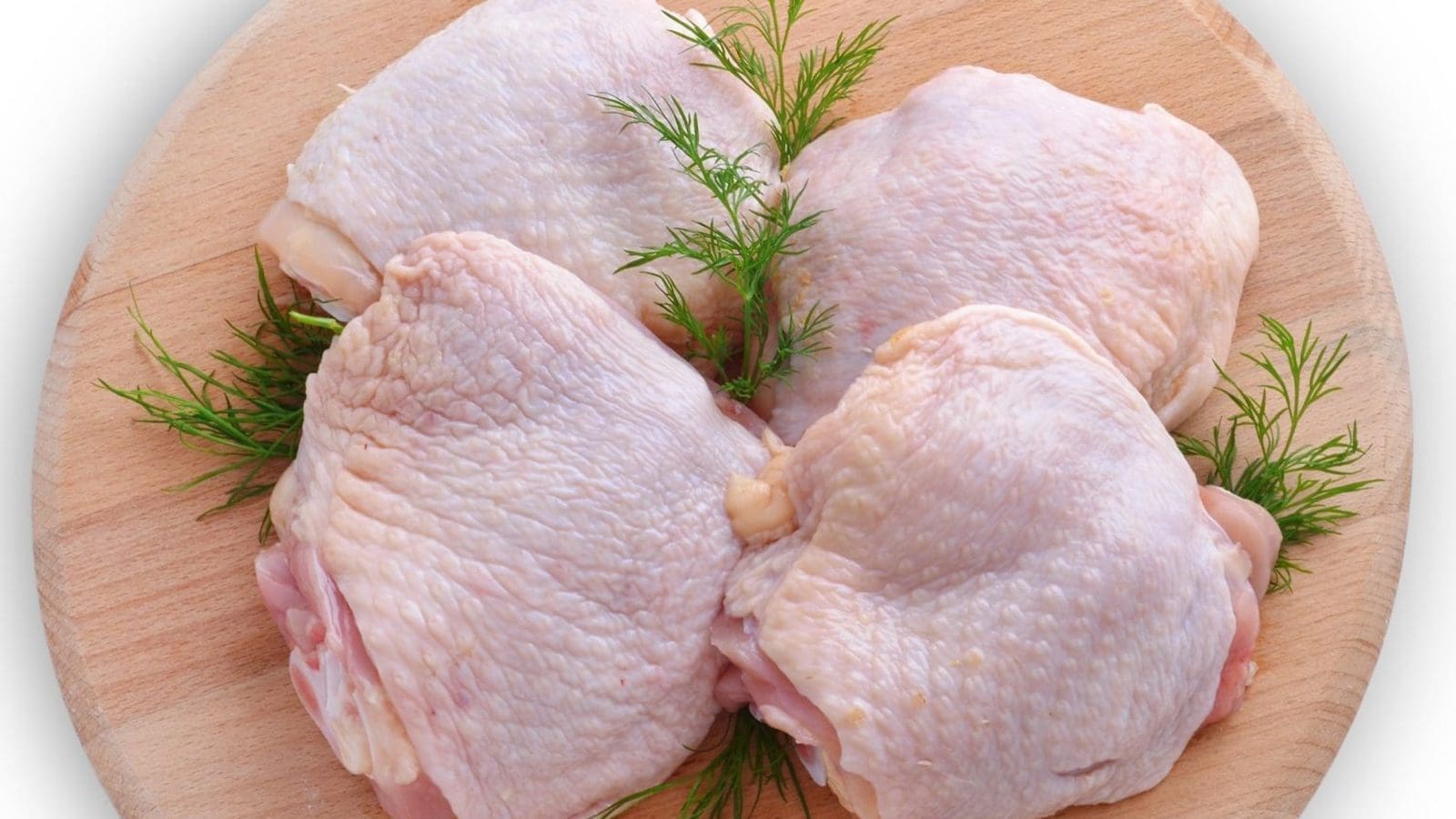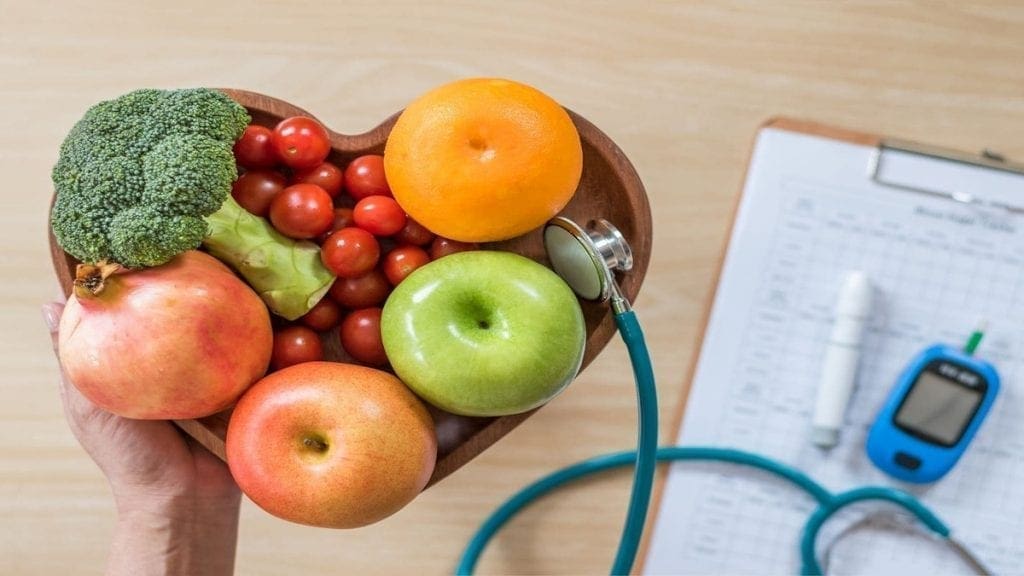SOUTH AFRICA – South Africa’s multi-billion-dollar poultry industry is forecasted to register a 5% rise in chicken meat production in 2022 as a result of economic recovery, decreasing feed costs, and investment by the industry.
In November 2019, the South African government and industry signed a Poultry Sector Master Plan that is intended to increase productivity in the poultry sector and protect the local domestic producers from alleged unfair trade practices and imports.
Since 2019, South African Poultry Association (SAPA) has invested 1.14 billion rand (US$78 million) for expansion of production facilities to support new commercial farmers.
According to SAPA, these investments have yielded an increase in production of 1 million additional birds per week.
The association’s goal is to enable the industry to increase production by a minimum of 10 percent in the period of 2019- 2022.
However, USDA in a recent GAIN report projects production to increase just 5 percent during this period due to the myriad of challenges associated with the pandemic and economic downturn in the 2020-2021 period.
Despite of that, 2022 is set to be a brighter spot for the industry as these investments along with economic recovery will return poultry production to a faster pace of growth.
Also, production will be higher compared to the previous year 2021, which is anticipated to attain chicken meat production of 1.5 million tons in 2021, up one percent from 2020.
Meanwhile, chicken meat consumption is forecasted to strengthen by three percent in 2022 as a result of a slight economic recovery and is set to be a cheaper protein alternative to beef whose prices have been high.
Also, with economic recovery from the COVID-19 impact, it is set to reduce the number of South Africans unable to afford protein.
Imports decline following rise in tariffs
Looking at trade, imports will decrease by three percent in 2022, but the impact of increased tariffs and Poultry Master Plan activities that seek to decrease imports will be slightly offset by recovering supply chains and strengthening demand that cannot be met through domestic production.
One of the main tenants of the Poultry Master Plan is tariff increases on imports designed to protect the domestic poultry industry.
Following the signing of the Poultry Master Plan, the government has increased tariffs on the bone-in chicken and boneless chicken meat, conducted anti-dumping investigations against Brazil and EU countries, and initiated a review of the Poultry Tariff framework.
On August 23, 2021, the South African Department of Treasury announced the outcomes of a sunset review of bone-in chicken meat anti-dumping duties against the Netherlands, Germany and the United Kingdom.
Prior to 2015, these three countries exported to South Africa duty-free due to their Southern African Development Community European Union Economic Partnership Agreement with South Africa.
On the other hand, South Africa’s chicken meat exports for 2022 will recover by 6% as markets reopen following import bans initiated by major trading partners following an outbreak of Highly Pathogenic Avian Influenza (HPAI).
SAPA has reported increased focus on improving opportunities for cooked exports products as opportunities for the export of raw products are limited by the country’s recurrent animal disease issues.
Liked this article? Subscribe to Food Business Africa News, our regular email newsletters with the latest news insights from Africa and the World’s food and agro industry. SUBSCRIBE HERE










